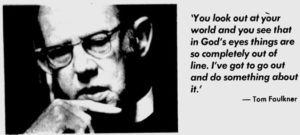St. George’s History comprises individual articles, documents and collections around the 300 year history of St. George’s Episcopal Church, located in Fredericksburg Virginia. This site is unrelated to St. George's main website.
Supplementing them are a category-based search, a content index and a timeline. We have two tour documents - a building summary and a 15 minute walking tour you can take in the church.
If this is your first visit, check out the 2 tours - building summary and a 15 minute walking tour.
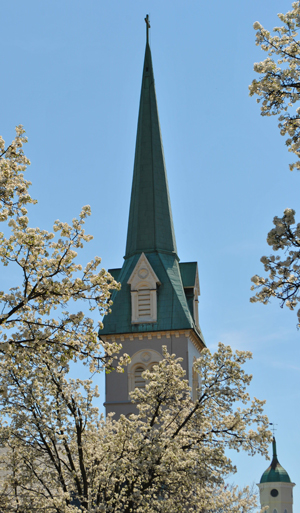
Recent articles
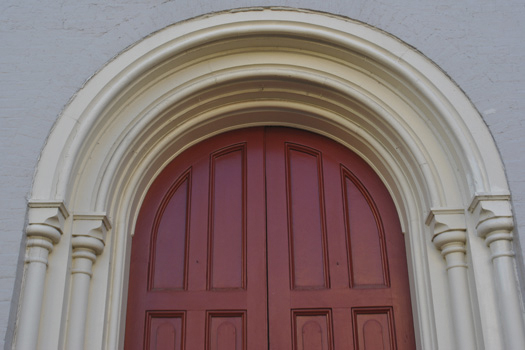
The Pews, Part 6
Return to referring page In this final installment of this series we will look at a couple of “pew controversies” and the memorials that are attached to a number of the pews. All was not harmonious in the pews. Pews were objects to be bought and were taxed. It was inevitable that controversies arose. In … Read more

The Pews, Part 5
Another 14 families of St. George’s occupied the pews for 3 of the 4 periods. 10 of the 14 are actually behind the seats occupied by the first Generation. This is the second level of famlies by price paid and longetivity. The average pew price was $291 which was below that of the average pew … Read more

The Pews, Part 4
Return to referring page So far we have talked about the pews as objects and pews financing the Church. Now we move to actually looking as those who occupied the space. The pew documentation provides a unique view into the generations that attended St. George’s. Those who paid for the right to sit in a … Read more

The Pews, Part 2
Return to referring page Design and Changes St. George’s Pews are boxed pews, encased in paneling as opposed to the open pews. It is likely that this was a holdover from the first St. George’s in the 1730’s. Box pews provided privacy and allowed the family to sit together. Pews were originally purchased from the … Read more

The Pews, Part 1
Return to referring page Pews emerged at the time of the Protestant Reformation. Most early churches were built around a dome or central area where priests or preachers would preach, while the congregation stood around. The rise of the pulpit as the focal point of the church with the sermon as a central act of … Read more

St. George’s Civil War – Part 9 – Aftermath and Conclusion
Return to referring page The war ended in 1865 leaving Fredericksburg in disarray, affecting all life within. John Hennessy, National Park chief historian of Fredericksburg, writes “By war’s end, the community had been transformed, physically (more than 80 buildings destroyed – just under 10% of the city), economically (personal wealth dropped by more than 70%), … Read more

St. George’s Civil War – Part 8 – The Church as a Hospital
Return to referring page By May, 1864, Julia Wheelock, a Union Relief Worker, describes the medical scene, after the three of the four Civil War battles that affected Fredericksburg: “All the public buildings—the Court-House, churches, hotels, warehouses, factories, the paper mill, theatre, school-buildings, stores, stables, many private residences— and, in fact, everything that could give … Read more

St. George’s Civil War – Part 7 – Return of the Church
Return to referring page Church services had been a part of the both armies on Sunday. But after Antietam in September, 1862 more and more revivals were requested by the soldiers themselves and not necessarily from chaplains. Many troops also came from a revivalist background. Officers supported revivals since there was the belief that Christian … Read more

St. George’s Civil War – Part 6 – The Sacking of Fredericksburg
Return to referring page Beginning on the night of December 11, 1862 and continuing into the 12th, Fredericksburg suffered a level of destruction that had not been seen up to that time. After the event about $170,000 in donations came to the city to cover part of the losses or about $3.6 to $3.7 million … Read more

St. George’s Civil War – Part 5 — The Church as a Fortress – December 11, 1862
Return to referring page December 11, 1862 would directly bring St. George’s into the hostilities of the Civil War. It was that day that the Church became a fortress against an advancing Union line coming from Stafford. Located prominently on a hill overlooking key streets to the north, the Church provided a wonderful location for … Read more
1. Carrol Quenzel's History of St. George's
Quenzel's 1951 history is still the standard for the church. He was a librarian for Mary Washington College as well as being active at St. George's, helping to create the St. Georgian newsletter as well as a part of the Vestry. We have the entire book online which was published by St. George's
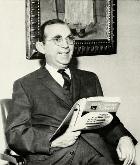
2. The Three Churches of St. George's - Barbara Willis
Barbara Willis was a local historian and writer and long time St. Georgian with her husband Mac. This paper is a detailed summary of the evolution of St. George's church from its wooden colonial church to the impressive 1849 brick building we have today.
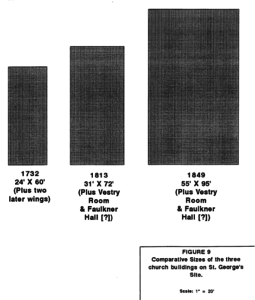
The Civil War may be the most popular historic topic in all of our history. The church served in 3 capacities - as a fortress, center of revival and as a hospital. We have a 9 part series on our role and relationship to Fredericksburg.

McGuire served all 3 churches over the course of 45 years. He is probably the most influential of all our rectors in all phases of ministry from preaching, teaching, and outreach. Trip Wiggins, our archivist, wrote this for a Sunday school class and has been teaching classes for years
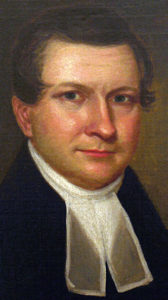
5. Charles Syndor on Social Policy
Charles Sydnor served St. George's from 1972-2003 and was responsible for furthering Thomas Faulkner's outreach ministries and creating new ones. This paper he wrote in 2009 was for an adult forum in that year.
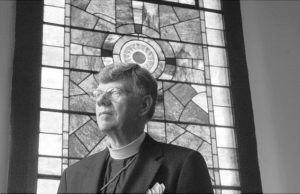
6. Tom Faulkner confronts the Vestry on race
Faulkner served St. George's for 30 years from 1946-1976. During these years racial policies were paramount, especially 1954, in the year of Brown vs. Board of Education, Faulkner was challenged by the Vestry on the role of Blacks in our service. He was able to move St. George's toward racial justice that other rectors would further
